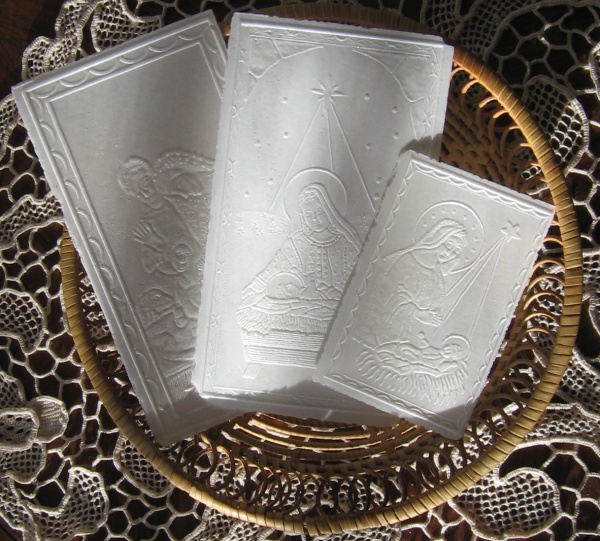Facts About Christmas wafer
The Christmas wafer, or "opłatek" is a cherished tradition in Polish Christian culture, celebrated during Wigilia on December 24th. These unleavened wafers, made from wheat flour and water, resemble the altar bread used in the Eucharist. Embossed with religious images, they are broken and shared among family members before the Christmas Eve meal, accompanied by wishes and prayers for loved ones.
This beautiful custom dates back to the 10th century in Poland and is one of the country's oldest and most treasured traditions. The practice is also observed in Lithuania, Latvia, and Slovakia, symbolizing unity, forgiveness, and reconciliation within the family.
In Lithuania, this tradition involves sharing wafers called "kalėdaitis" before the Kūčios meal. The head of the family offers a wafer to each member, exchanging heartfelt wishes for a joyful Christmas. In Slovakia, Christmas wafers, known as "oblátky" are round and embossed with Christmas motifs. They are typically enjoyed with honey or garlic at the beginning of the Christmas Eve dinner.
The custom of sharing Christmas wafers has deep roots in early Christianity and serves as a non-sacramental precursor to partaking in the Holy Eucharist. In Poland, this tradition gained patriotic significance in the 19th century, with people sharing wishes for the country's independence during the wafer exchange. Over time, the practice has extended beyond families to include gatherings of coworkers and students, further spreading the spirit of unity and goodwill.

 Russia
Russia